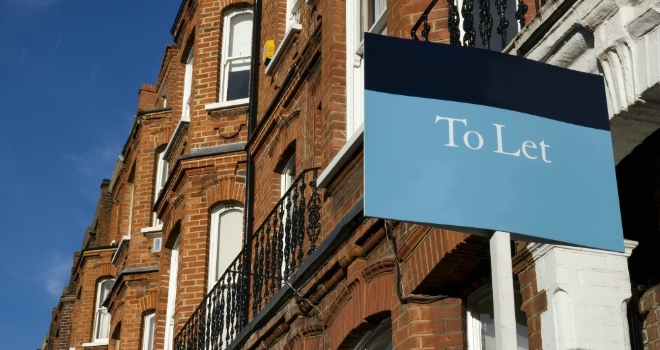
According to The Mistoria Group, leading investment specialists in student property, top of the ‘want’ list is a quality white goods (83%), superfast broadband (75%), security (55%), approval to keep a pet (25%) and a large plasma TV (16%). Hitting rock bottom are luxuries like a hot tub (1%) and garden terrace (1%). The most common downfall of student digs was cited as poor quality build of the property and furniture, followed by poor internet connection.
The research also shows that the majority of students (91%) would most like to live in shared accommodation and just 9% opted for a private, self-contained flat. When asked what household bills concern them most, gas and electric came top (94%), followed by food (83%), telephone and broadband (50%) and contents insurance (16%).
Mish Liyanage, Managing Director of The Mistoria Group explains, this sends a clear message to landlords and investors:
“We know that the most important considerations for students when choosing rental accommodation is price, space and location. This research gives us an insight into what students most desire from their property and it show us that the vast majority of want to live in high quality, shared accommodation, with good internet access and affordable bills.
If landlords and investors provide the right type of property, they will be able to attract lucrative students. Recent research* shows that 69% of landlords and letting agents prefer to let to students and 84% agree that students make good tenants. The popularity of students is down to better rental yields (76.5%), an annual market for new students (53.7%), rent is guaranteed by a parent/guardian (45.6%) and rent is paid promptly (25%).
Student accommodation can offer a number of attractive features to investors: yields are high as students settle for less space than other tenants; occupancy is typically high; and it is neatly counter-cyclical, as more people go to university during economic downturns.
A Mistoria HMO offers between 8%-10% cash return on the rental income% PA return of investment from day one (this is not a projection). PBSA yields are traditionally guaranteed by the developer for the first 5 years (although the actual annual return from day one is less) to ensure that by year six, the investment will potentially produce 9%. This is subject to current market trends of an annual rent increase of 3% remaining.
Student housing is increasingly a global asset class. Over the last two years, there has been a huge surge in student housing investment activity Investment in student accommodation is certainly big business in the UK right now. There was £5 billion worth of standing stock and development sites sold in 2012 and 2013, and the early signs for 2014 suggest that we are likely to see high levels of investment activity this year. In the first four months of the year, there have been transactions worth £950 million and this equates to over 17,000 beds.”
Investors who are thinking of buying student property should conduct thorough research before making a purchase.
Mistoria has put together some tips on investing in student property:
•HMO versus student pods: Think carefully about the property you want to buy eg HMO or a student pod. Most student pods are sold ‘off plan’ – which means before they are complete and in many cases before construction has even started – and come fully managed. This means you could expose yourself to risk on two fronts - ‘development risk’ and ‘management risk’. For example, the development may not be finished, or the developer may not have the skill or experience to manage the development and if they do, how much will they charge for their services?
•Mortgages: If you need to secure a mortgage to purchase a student property, this will be a lot easier for a HMO, as you will be able to go through traditional buy-to-let providers and will have access to the leading buy-to-let rates. Also, if you are building a portfolio, you can lend on your equity in the HMO to fund further investments. With student pods, there is no established resale market, so it is much more difficult to secure a mortgage.
•Rent guarantees: Beware of ‘rental guarantees’ offered by developers. This can often be an overstatement. The guaranteed rents are attractive to investors, but often they fail to materialise. Investors are actually subsidising the guaranteed rent by paying an inflated price for the unit they secure. There have been a number of student pod schemes that have stopped paying out the guaranteed rents soon after completion and investors have then discovered that the real market rate for the rents is much lower, reducing their yield. They have been left with an underperforming asset, that is difficult if not impossible to sell at an acceptable asking price to the investor.
•The exit strategy: With a normal buy-to-let, you can sell the property at any time on the open market, through a reputable estate agent and expect a reasonable capital appreciation. However, selling a student pod will encounter problems. For example, who decides the market value? As a piece of real estate per sqm it is very expensive (double the average market value), there is no established resale market. Who will sell it? Is it an investment, or is it a piece of real estate?





